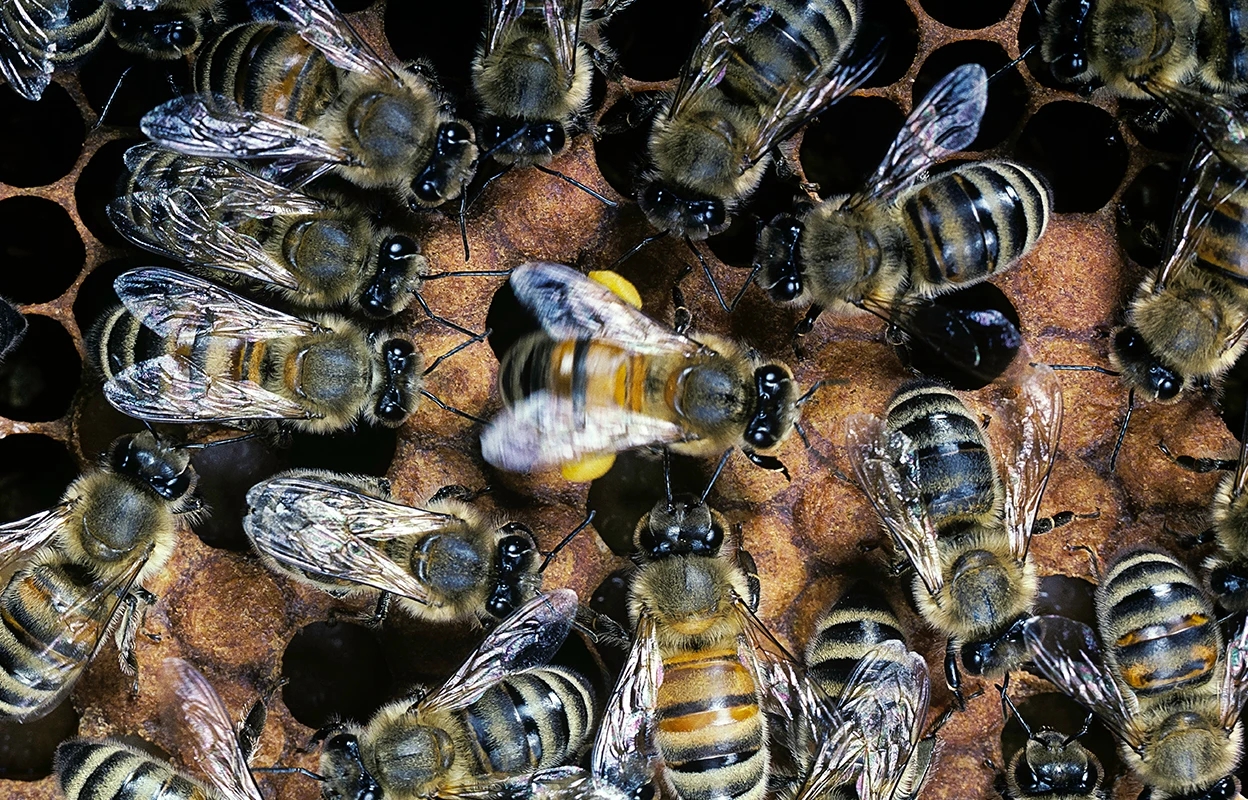

Bees were born to dance — but that doesn’t mean they don’t benefit from a few lessons1.
Honeybee (Apis mellifera) workers communicate the location of resources to their hives by crawling in figure eights and waggling their abdomens. These ‘waggle’ dances encode the distance and direction of a resource in the time it takes to complete the dance and the orientation of the dancer’s body, respectively.
The urge to waggle is innate. But up-and-coming worker bees also spend a few days watching older workers make moves before trying to dance themselves. To test the purpose of this observation time, Shihao Dong at the Xishuangbanna Tropical Botanical Garden in Kunming, China, and his colleagues prevented bees from watching older workers dance and compared them with workers that observed their elders.
The team found that bees that hadn’t had a chance to watch waggles took longer than usual to finish a dance — meaning that they overestimated the distance their companions needed to travel. These lesson-less bees also made more mistakes in communicating direction and performing figure eights.
Together, this suggests that bees learn to dance, in part, from one another.
| Menglun, Mengla, Yunnan 666303, China. Copyright XTBG 2005-2011 Powered by XTBG Information Center |